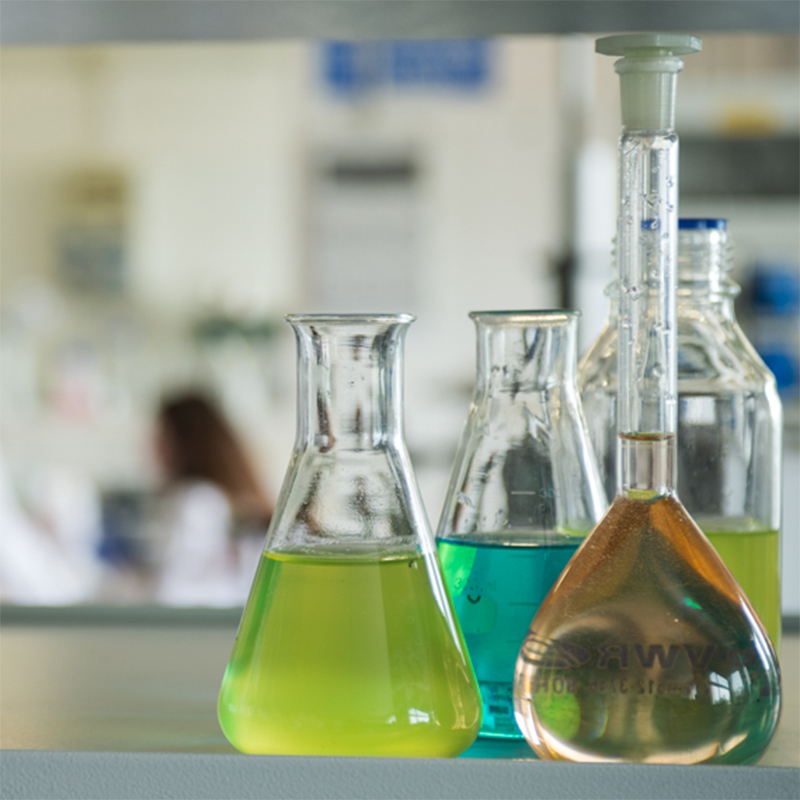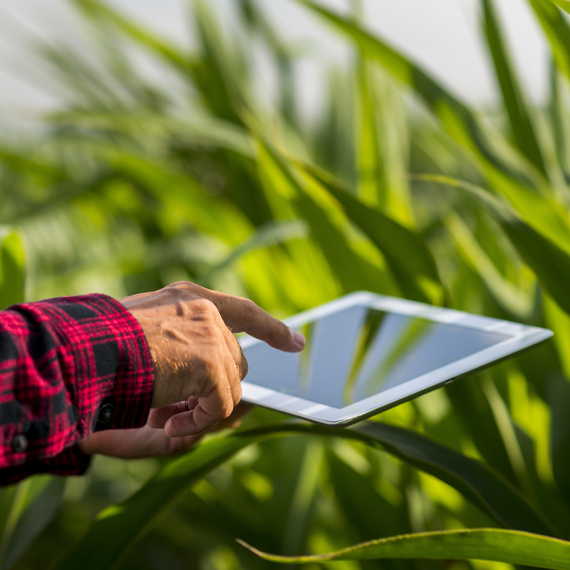
Plant Protection and Agrochemical formulations, so the "rational chemistry" combines productivity and sustainability
By Giovanni Pozzi, Sipcam Oxon Head of Synthesis and Formulation Research and Development.
If it is true that the heart of agrochemicals, or Plant Protection Products, is the active ingredient, the formulation technologies optimize its performance, improve persistence on the target and maximize stability. The discovery of new active substances, also due to the high costs, is now at a relatively low level, so most of the products are new formulation types that use existing, well-known, safe, selective and regulated active substances.
Agrochemical Formulation Evolution
If we look at the evolution of the most popular formulations from 2011 to 2019 (sources: AgbioInvestor and Kynetec - Sigma Crop Protection Database), that is: concentrated suspensions, emulsifiable concentrates, soluble liquids, dispersible granules, wettable powders, suspensions for seed treatment, granules , soluble granules and oil dispersions, we observe a growing trend for concentrated suspensions, a sharp decline for wettable powders and granules and an almost stationary situation for the rest. In 2020, these types accounted for 77% of the worldwide volume (a high concentration), equal to approximately five million tons. The most common formulations in all geographical areas measured by volume are emulsifiable concentrates and soluble liquids, followed by concentrated suspensions and dispersible granules, which on average represent at least 60% of the volume. In Asia there is still an important use of formulations of wettable powders and granules, limited when it comes to concentrated suspensions. Formulations in soluble liquids and emulsifiable concentrates are the most important types for herbicides, while concentrated suspensions and emulsifiable concentrates for fungicides and insecticides.
Formulation technologies
The formulation is crucial to support agricultural production. According to statistical projections, in 2050 the planet will be inhabited by more than nine billion people, with the population having doubled compared to the middle of the last century. In addition, there will be seven billion farm animals to feed. According to the FAO, even now without pesticides we would have 30% less crops. Formulation technologies allow an enhancement of agrochemical effectiveness at increasingly reduced doses, with sustainable solutions and the use of materials from renewable sources that are respectful of the environment. All this is in line with the objectives of the European Green Deal and with the new Common Agricultural Policy (CAP), which will enter into effect as of 2023 and is linked to the EU budget 2021-2027 - and which provides, among other things, attention to smaller farms. It is a bit like Sipcam Oxon's vision: thanks to the knowledge and presence in the market and the focus on the farmers’ needs, on the one hand we develop a range of products for large cultures, on the other we satisfy specialized niche needs, where competition from large multinationals is less intense.
Advancing with adjuvants
The contribution of research, innovation and technologies is essential. For example, the use of adjuvants can significantly increase the biological effectiveness of an active ingredient: in general it improves the behaviour of the formulation in terms of reducing drift, wetting, retention, deposition and penetration. Another experience is the development and application in formulation of innovative or unconventional delivery systems, which make it possible to give the crop protection products greater performance in terms of biological effectiveness and sustainability. As Sipcam Oxon, we collaborate with universities, research centers and companies, national and international, for the development of new adjuvants and delivery systems, which use natural, sustainable and biodegradable products capable of improving the biological effectiveness of the active ingredients. Also worth mentioning are precision agriculture and decision support systems. For example, since 2004, farmers have been able to use the Global Navigation Satellite System (GNSS) on agricultural machinery to define precise routes (so-called "tram lines") in the field. This prevents overlaps or gaps in the field application, thus saving energy, water and crop protection products.
Biocontrol Agents – The Future
For the future, we need an increasingly intelligent and rational use of chemistry to support agriculture. A rapidly growing business topic in the medium-term is the market for biocontrol agents: the combination of all methods, tools, measures and plant protection agents that rely on the use of beneficial organisms, as well as on their natural mechanisms and on the interactions that regulate the relationship between biological species in the natural environment. Today less than 5% of the plant protection products sold in the world are Biocontrol Agents (source: "The future of crop Protection in Eu" European Parliament, EPRS / STOA, February 2021), while the combination of biopesticides with more conventional products is gaining momentum. Here the formulation plays a decisive role in the development of innovative ready mix preparations, where biocontrol products are combined with conventional pesticides to obtain stable, effective and sustainable formulations at reasonable costs, which meet regulatory requirements, satisfy the market and respond to the needs of the farmer and the consumer.


